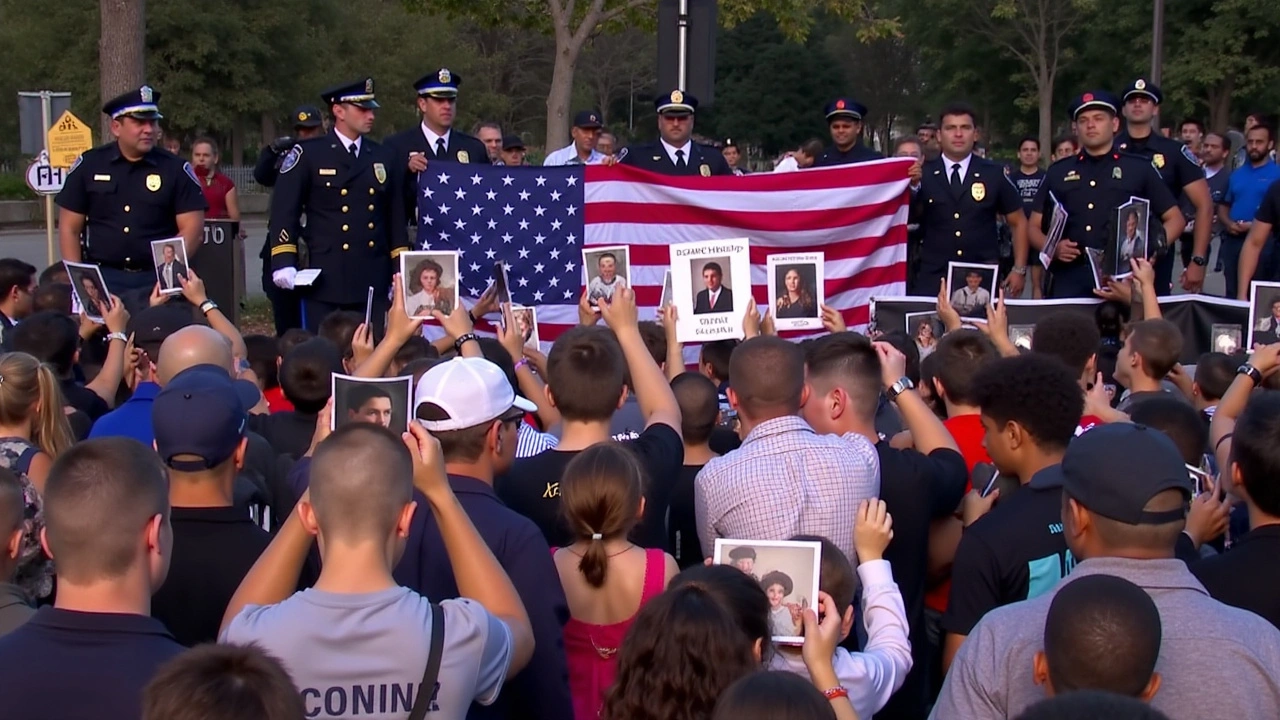Why Handling Victims' Names with Care Matters
When we hear news reports mentioning victims' names, it might seem straightforward. But there’s a lot behind the scenes about why and how those names are shared. Victims' privacy is a sensitive area, and journalists have to balance public interest with respect for people's dignity.
Often, victims or their families may want to keep their identities private to avoid additional trauma or unwanted attention. In some cases, releasing names too early can even harm ongoing investigations. So, whenever you see a victim's name in the news, know there's careful thought involved in sharing it.
How News Outlets Decide What Names to Share
News organizations usually follow guidelines about reporting victims’ names. They consider factors like the victim's age, the nature of the incident, and wishes of relatives. For example, in crimes involving minors, names are rarely mentioned to protect them.
Some newsrooms wait until official authorities confirm identity before publishing names. This helps avoid mistakes and misinformation. Plus, journalists aim to avoid sensationalism—focusing on facts rather than stirring unnecessary hype or invading personal privacy.
Respecting Victims and Staying Informed
At the end of the day, uncovering facts is important, but so is compassion. When victims’ names are shared responsibly, it helps keep stories real without causing harm. As readers, it’s good to be aware that behind every name is a person and family affected deeply by what happened.
By understanding how news sources handle this sensitive info, you can better appreciate the care taken in reporting. It’s a reminder that the news isn’t just about events—it’s about people’s lives.
9/11 Anniversary Tribute: Young Relatives Lead Generational Commemoration by Reading Victims' Names at Ground Zero
Each year, the annual 9/11 tribute at Ground Zero in Manhattan honors nearly 3,000 victims of the 2001 terror attacks. This solemn remembrance now features younger generations reading the victims' names, including children and young adults born after the tragedy. The event underscores the importance of passing on the legacy and stories of the victims to future generations.
More
